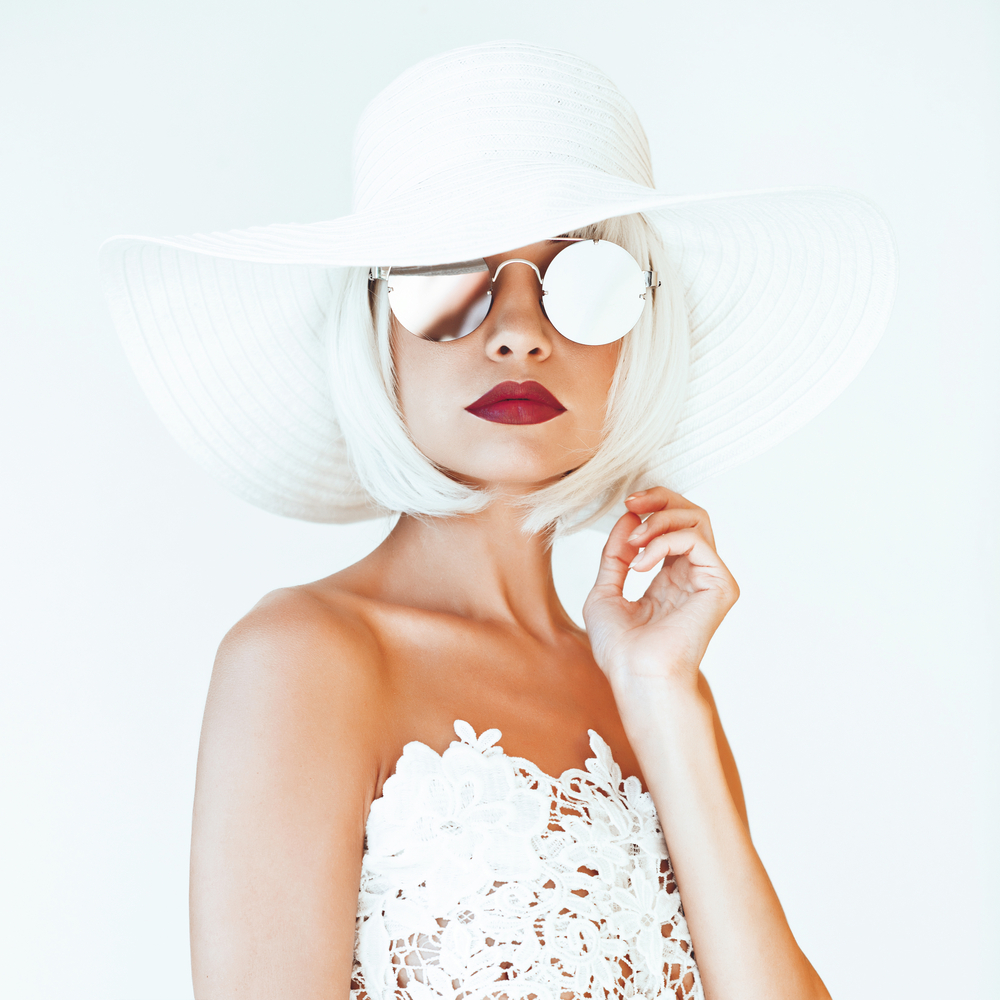In the glamorous world of fashion, modeling is an art form that has the power to captivate audiences, break barriers, and make waves. Behind the scenes, aspiring models work tirelessly to perfect their craft and make a name for themselves in an industry that can be both fiercely competitive and immensely rewarding. In this article, we will explore the art of modelling , its impact on the fashion world, and how it can shape society's perception of beauty and diversity.
The Evolution of Modeling
Modeling, as an art form, has greatly evolved over the years. It has gone beyond simply showcasing clothing on the runway and has become a means of self-expression for both the models and the designers they collaborate with. Models are no longer just mannequins; they are storytellers who embody the vision and identity of a brand. From high fashion editorials to commercial campaigns, models have the ability to bring a brand's narrative to life and connect with audiences on a deeper level.
Breaking Barriers & Celebrating Diversity
One of the most significant contributions of modeling to the fashion world is its ability to break barriers and challenge societal norms. The traditional standards of beauty have been expanded, allowing individuals of different ethnicities, body sizes, and gender identities to step into the spotlight. This shift towards inclusivity has given many aspiring models hope and has empowered marginalized communities to embrace their uniqueness.

In recent years, fashion brands have started casting models who represent a broader range of body types, reflecting the diversity of their consumers. This has created a positive ripple effect in society, challenging beauty standards and promoting body positivity. Models with disabilities have also been making their mark, proving that fashion is for everyone, regardless of physical abilities.
Making Waves: Changing Consumer Behavior
The power of modeling goes beyond its influence on the fashion industry; it also has the ability to shape consumer behavior. Through campaigns and advertisements, models have the power to inspire, motivate, and influence people's perceptions and purchasing decisions. This is especially true with the rise of social media, where models can connect directly with their audience and play a pivotal role in promoting brands and causes.
Influencer models have emerged as key figures in the fashion world, leveraging their large following to endorse products and drive sales. Their authenticity and relatability create a sense of trust among their followers, often leading to increased brand loyalty. This shift in modeling has also given rise to a new era of diversity and representation, as social media allows models who might otherwise be overlooked by traditional agencies to find success and build their own platforms.
The Challenges of Modeling
While modeling can be a glamorous and exciting career, it also comes with its fair share of challenges. The industry is known for its intense competition, with thousands of aspiring models vying for a limited number of opportunities. The pressure to maintain a certain physique and meet industry standards can take a toll on the mental and physical well-being of models. Long hours, demanding schedules, and constant scrutiny can lead to issues such as body image insecurities and burnout.
Frequently Asked Questions:
1. Q: How can someone become a model?A: The path to becoming a model varies, but typically involves building a strong portfolio, attending casting calls, and securing representation from reputable agencies.
2. Q: Are there age restrictions in the modeling industry?
A: While the fashion industry predominantly focuses on young models, there are opportunities for models of all ages, including children, teenagers, and mature adults.
3. Q: Can anyone become a model, regardless of their height or body size?
A: The industry is becoming more inclusive, and there are opportunities for models of different heights and body sizes. However, certain segments of the industry, such as high fashion, have specific requirements.
4. Q: How do models maintain their physiques?
A: Models often maintain their physiques through a combination of healthy eating, regular exercise, and professional guidance. It is important to prioritize physical and mental well-being over strict diets or extreme exercise regimens.
5. Q: What impact does diversity in modeling have on society?
A: Diversity in modeling promotes inclusivity, challenges beauty standards, and encourages individuals to embrace their uniqueness. It creates a more accurate representation of our diverse society and fosters positive change in societal perceptions of beauty.
In conclusion, modeling is an art form that goes beyond showcasing clothing; it has the power to shape societal perceptions, promote diversity, and inspire change. While the industry still faces challenges, modeling continues to evolve and break barriers, giving a platform to individuals who want to make a mark in the fashion world. By celebrating diversity and embracing inclusivity, modeling has the potential to create a more positive and accepting society.
Other useful resources
- https://en.wikipedia.org/wiki/Category:Modeling_(profession)
- https://www.planetmodelphoto.com/models/modeling/usa/wilmington/nc-north-carolina